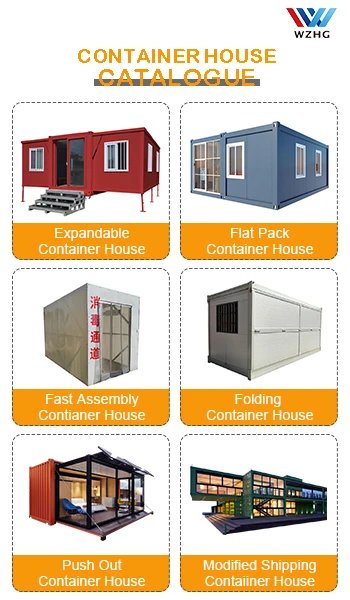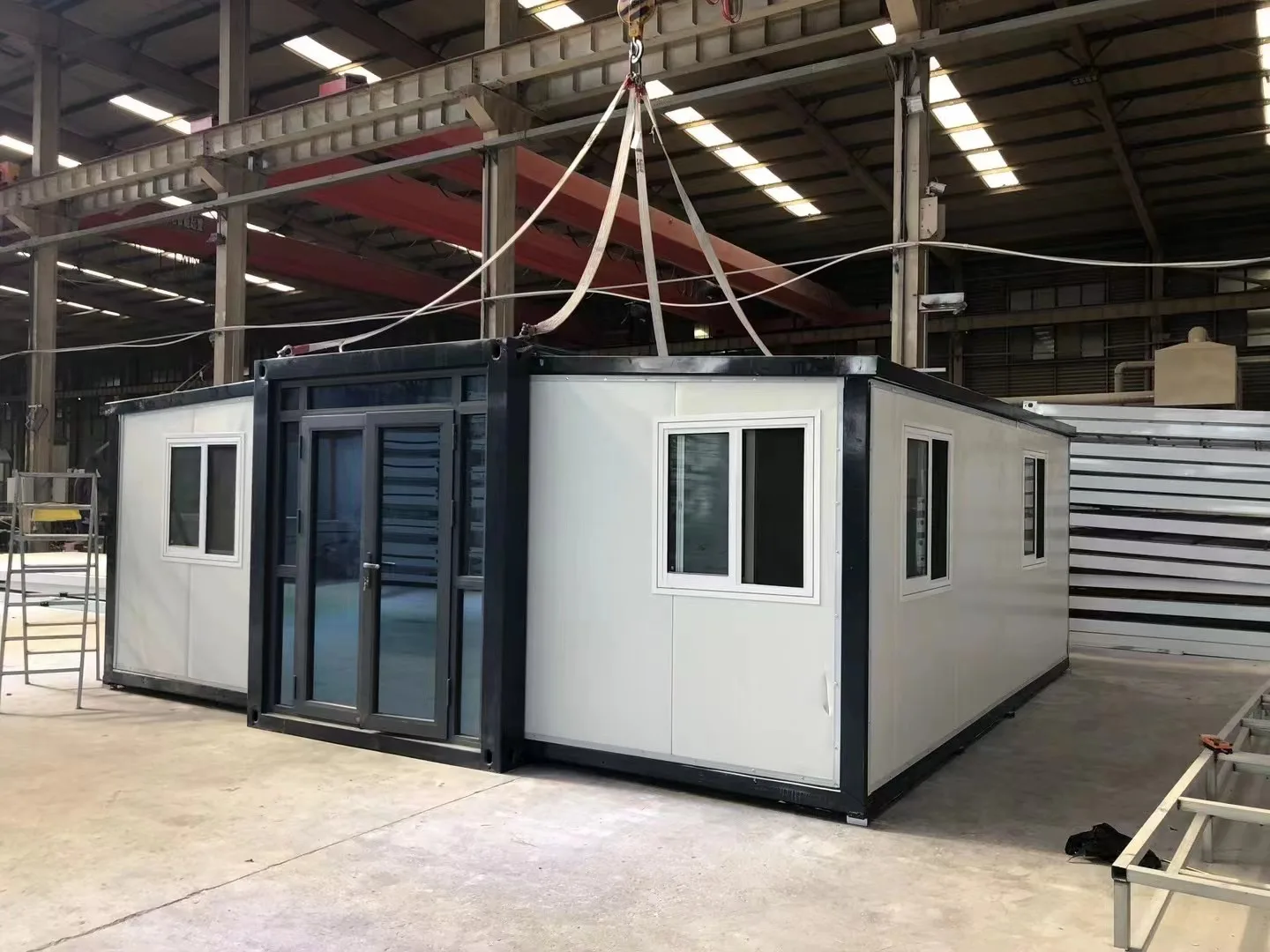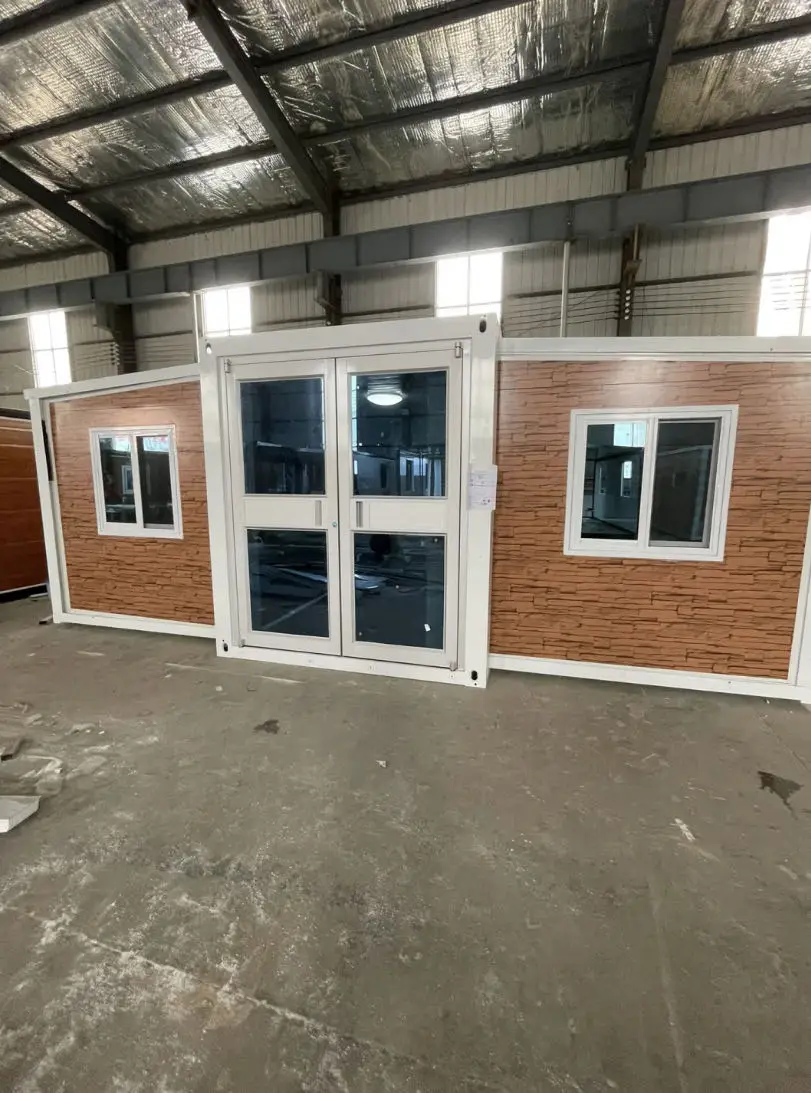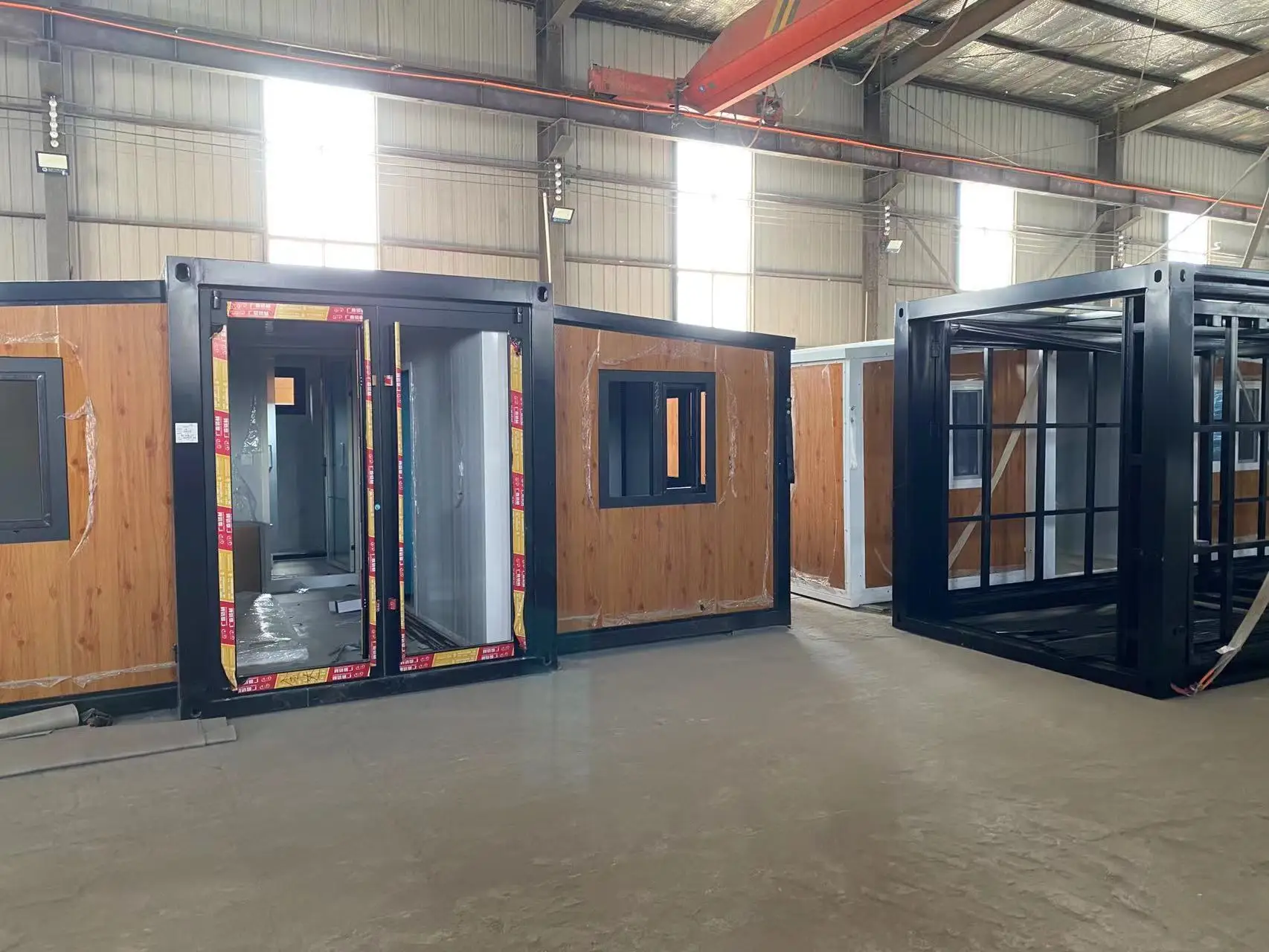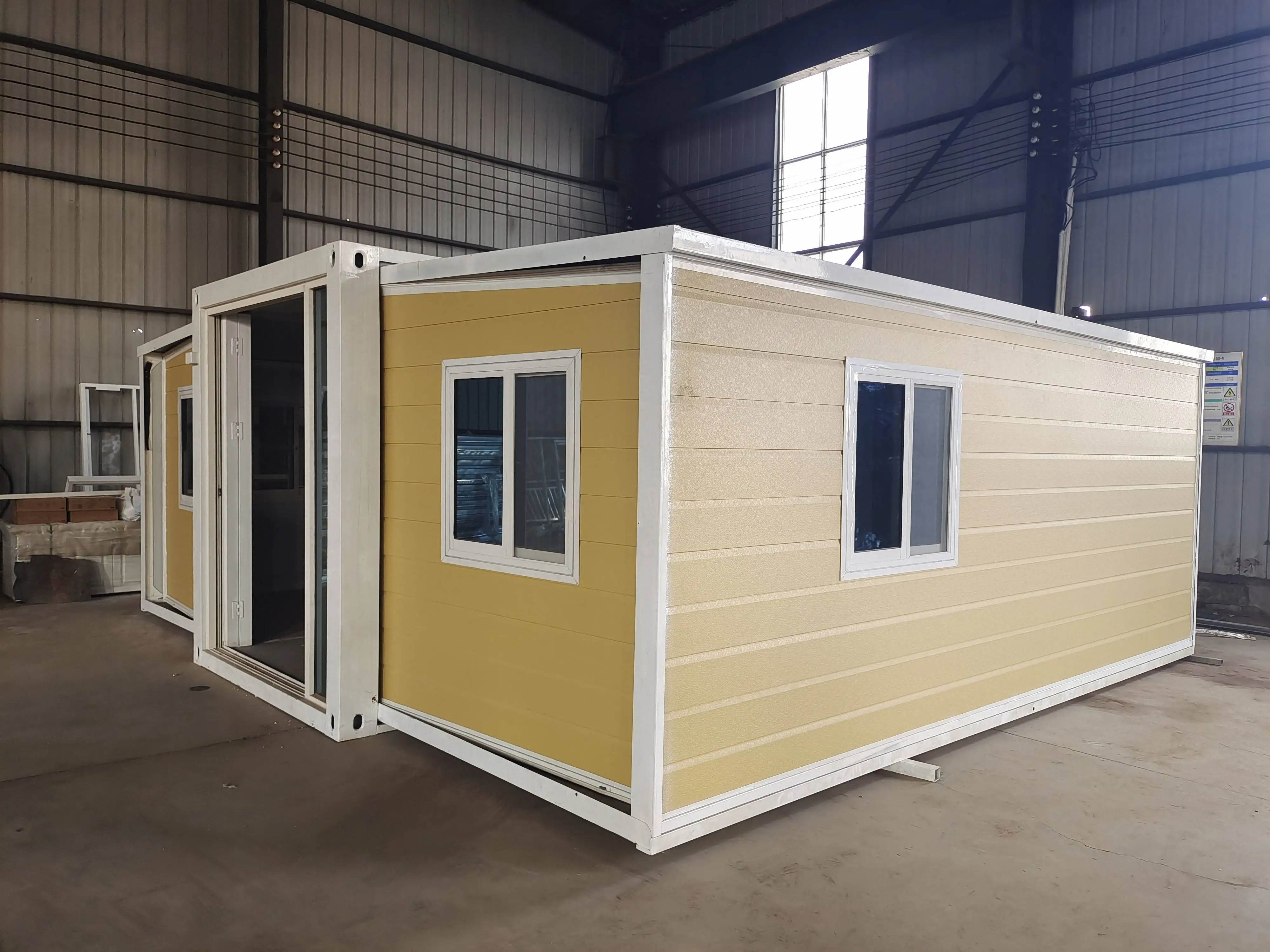Expandable Container House Price In The Philippines 2023
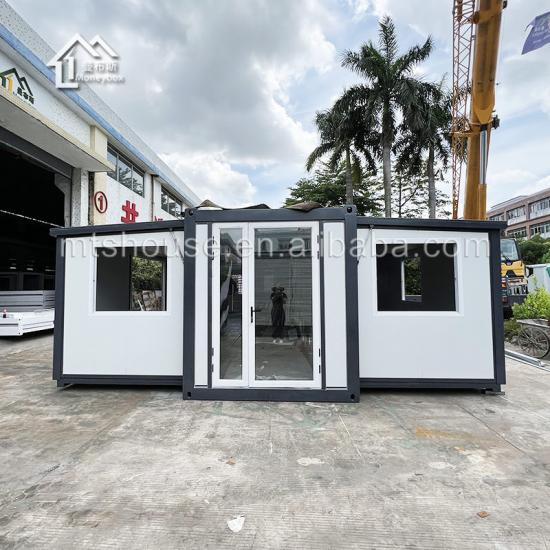
The allure of affordable and quickly deployable housing solutions has placed expandable container homes firmly in the spotlight in the Philippines. With increasing urbanization and a persistent housing deficit, these modular structures offer a potential answer for Filipinos seeking budget-friendly and adaptable living spaces.
This article delves into the current pricing landscape of expandable container houses in the Philippines as of 2023, exploring the factors influencing their cost and the potential impact on the local housing market. Understanding the nuances of this emerging market is crucial for both potential homeowners and industry stakeholders alike.
Expandable Container Home Market Overview
Expandable container homes, characterized by their pre-fabricated, collapsible designs, are gaining traction due to their ease of transport and rapid assembly. Typically, they are constructed from modified shipping containers and engineered to fold out, increasing their living space significantly upon deployment.
The Philippine market, while still relatively nascent, is witnessing a growing interest in these homes as a viable alternative to traditional construction methods. Several companies are now offering various models, catering to a range of budgets and space requirements.
Price Range in 2023
The price of an expandable container house in the Philippines can vary widely depending on several key factors. These factors include the size of the unit, the materials used, the level of customization, and the transportation costs.
Generally, a basic, unfurnished expandable container home, offering around 30-40 square meters of living space, can range from PHP 400,000 to PHP 800,000 (approximately USD 7,000 to USD 14,000). This price range typically covers the core structure and basic fittings, such as doors and windows.
More elaborate models, featuring upgraded materials, insulation, plumbing, electrical systems, and interior finishing, can easily exceed PHP 1,000,000 (approximately USD 17,500). Customization options, like added bedrooms, bathrooms, or kitchenettes, further contribute to the overall cost.
Key Cost Factors
Material Quality: The type of steel used in the container's construction plays a significant role. Higher-grade steel offers better durability and weather resistance, but it comes at a premium.
Customization: The level of customization drastically impacts the final price. Simple modifications like window placement are less costly than adding entire rooms or specialized features.
Transportation: Transporting the container from the manufacturer to the final location can be expensive, especially for remote areas. Fuel costs and logistical challenges contribute to this expense.
Installation: While expandable containers are designed for relatively quick installation, site preparation and utility hookups still require professional assistance. These labor costs must be factored into the total budget.
Permitting: Obtaining the necessary building permits and approvals from local authorities can also add to the overall expense. The permitting process varies depending on the location and the specific regulations in place.
Impact on the Philippine Housing Market
Expandable container homes have the potential to address the affordable housing shortage in the Philippines. Their relatively low cost and rapid construction time make them an attractive option for low-income families and those seeking quick housing solutions after natural disasters.
These homes can be used as temporary shelters, emergency housing, or even permanent residences, depending on the quality of construction and the homeowner's needs. They also offer a degree of flexibility, as they can be relocated if necessary.
However, challenges remain. The durability of these structures in the face of typhoons and earthquakes, common in the Philippines, is a major concern. Proper insulation and ventilation are also crucial to ensure comfortable living conditions in the tropical climate.
“The adoption of expandable container homes could revolutionize affordable housing in the Philippines, but it requires careful planning and adherence to building codes,” states Architect Dela Cruz, a specialist in sustainable housing solutions.
The Future of Expandable Container Homes
As the market matures, we can expect to see further innovations in the design and construction of expandable container homes. Manufacturers are constantly improving the materials and techniques used to enhance their durability, energy efficiency, and aesthetic appeal.
Furthermore, the integration of sustainable technologies, such as solar panels and rainwater harvesting systems, can make these homes even more appealing to environmentally conscious consumers. Government support and incentives could also play a key role in promoting the adoption of expandable container homes as a viable housing option.
While expandable container homes are not a silver bullet for solving the housing crisis, they represent a promising step towards providing affordable and adaptable living spaces for Filipinos. Continued innovation and responsible implementation will be crucial to unlocking their full potential.


